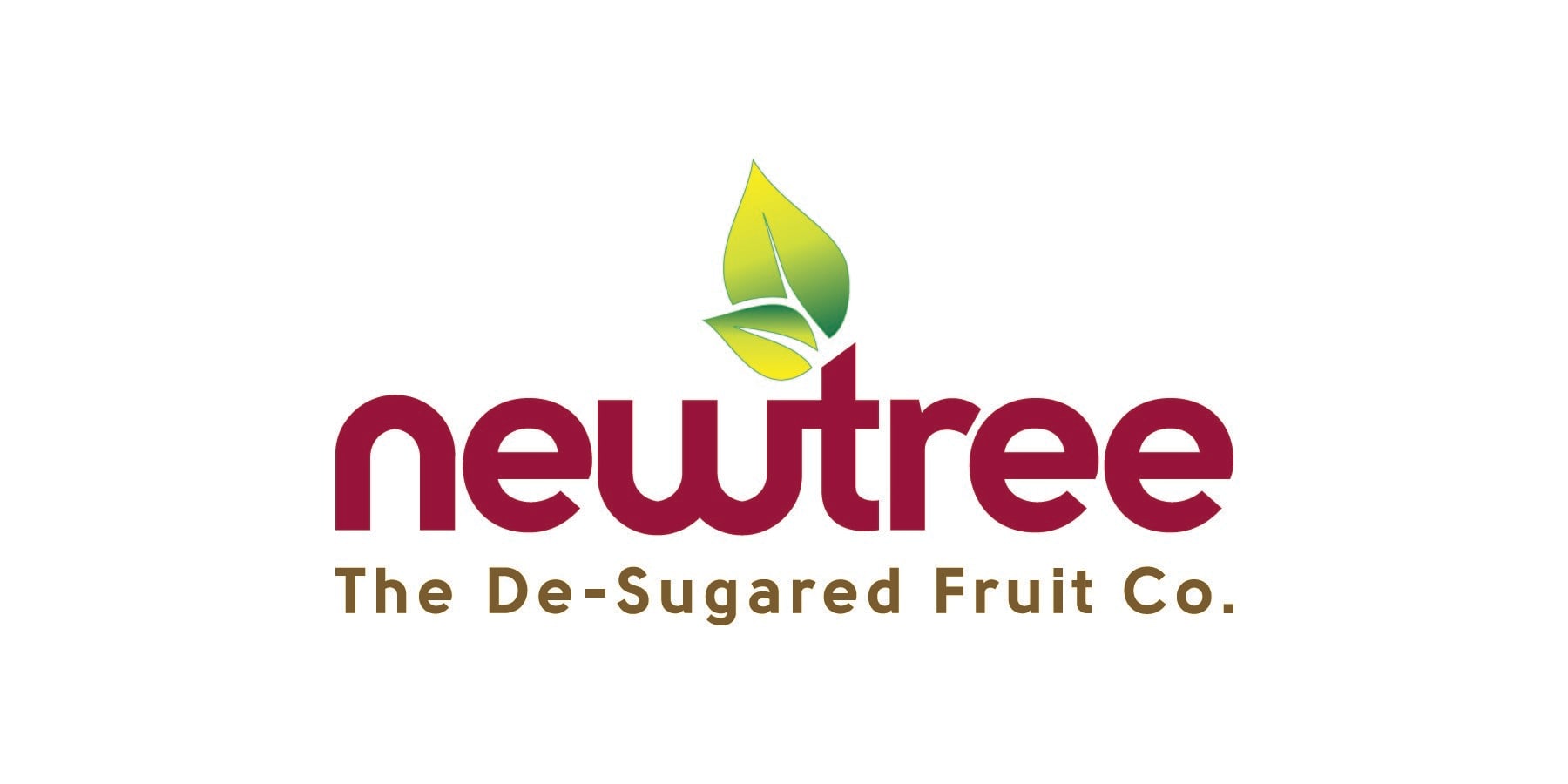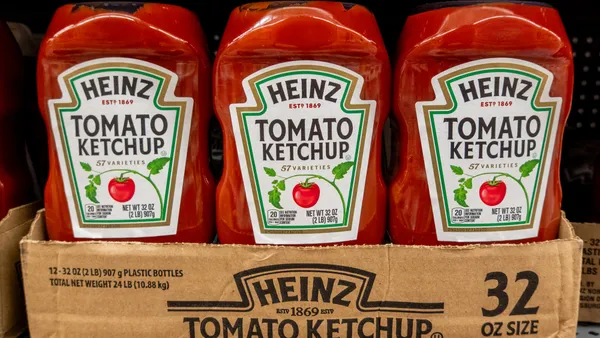Trends tend to hit the meat and poultry market hard. Rising consumer health interests, rising costs of beef and chicken, and shifting demographics all stand to shake things up.
The growing Hispanic American and Asian American populations have helped drive the growth of refrigerated meats, along with the sale of parts such as organs that weren’t traditionally part of the mainstream diet. Additionally, Millennials have driven a rise in ready-to-cook convenience meat and poultry products, while aging Boomers have impacted the market as their diets change due to health and the economy.
Beyond the generals of the demographic shift, however, several other trends are reshaping the meat and poultry market. Data from Packaged Facts' "Meat and Poultry Trends in the U.S." report suggests that the meat and poultry market will grow to $98 billion by 2017, with total meat sales projected to grow at a compound annual growth rate of 2.5% and total poultry sales projected at a 2.4% CAGR.
“Foodies” have created a growing demand for products with interesting new flavors reflecting global, regional, ethnic and restaurant-style cuisine. Likewise, the growing “locavore” movement has also placed global companies in competition with local farmers as consumers demand locally grown food. This set demands not only the freshest meat and poultry, but is mindful of issues like sustainability, animal welfare and corporate responsibility. For them, “high quality” includes factors such as free range, grass-fed, cage-free, antibiotic-free, no growth hormones and no gestation crates.
These concerns also play into growing health concerns regarding meat. More consumers today are interested in the nutritional value of foods and opting for leaner meat products due to an increased awareness of health risks like high blood pressure and heart disease. These concerns led to the development of reduced fat and low sodium “Better-For-You” products for refrigerated cases and delis.
While rising costs of beef and chicken led many consumers to lower their intake or utilize alternatives such as eggs, beans and soy products, meat remains the main course for the most part in home meals.
A summer 2012 Simmons NHCS Adult Study published by Experian Marketing Services reveals the following consumer food concerns that may prove particularly important for meat marketers.

Consumers trying to eat healthier foods these days: 61.8% (Agree), 25.4 (Agree a Lot), 36.4 (Agree a Little)
Consumers seeking freshest ingredients: 54.7% (Agree), 28.2% (Agree a Lot), 26.5% (Agree a Little)
Nutritional value is important: 46.3% (Agree), 20.7% (Agree a Lot), 25.7% (Agree a Little)
I always look for brand name on the package: 31.3% (Agree), 9.2% (Agree a Lot), 22.1% (Agree a Little)
I am a vegetarian: 7.1% (Agree), 2.9% (Agree a Lot), 4.3% (Agree a Little)
Would you like to see more food and beverage industry news and information like this in your inbox on a daily basis? Subscribe to our Food Dive email newsletter! You may also want to check out Food Dive's look at which companies dominate the meat and poultry industry.













